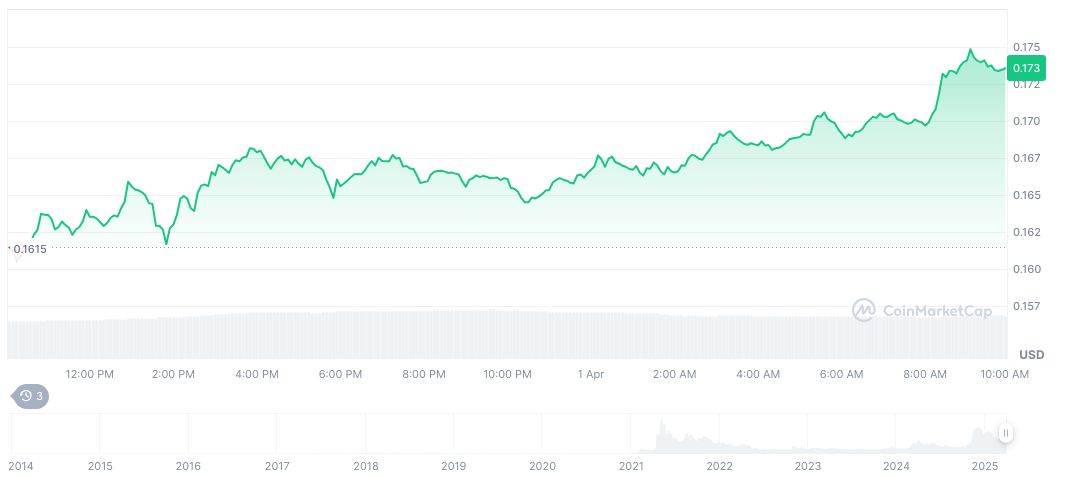- Meme tokens face sudden crash; Wintermute denies involvement.
- Evgeny Gaevoy: “Not us, curious what happened.”
- Market analysts suspect potential algorithm malfunction.
Founder and CEO of Wintermute, Evgeny Gaevoy, clarified today the company’s non-involvement in a meme token crash impacting ACT and several others. The event generated widespread speculation regarding a Wintermute bot malfunction.
The crash’s significance lies in the potential implications for meme token stability and investor confidence. Wintermute’s denial adds complexity to the market’s understanding of the crash.
Meme Token Crash Raises Algorithmic Trading Concerns
ChainCatcher reports indicated an unexpected downturn in multiple meme tokens, prompting urgent speculation about a potential automated bot failure from Wintermute. Wintermute’s CEO, Evgeny Gaevoy, responded, publicly denying allegations of involvement and noting the firm’s shared interest in the event’s causes.
Immediate market implications include potential algorithms reassessments used in bots by crypto market makers. The failings might influence regulatory scrutiny concerning automated trading systems and their reliability.
Market reactions varied widely. Gaevoy’s swift response mitigated potential panic, with traders now focused on understanding underlying causes. Despite Wintermute’s assurance, industry players remain cautious, highlighting concerns regarding algorithmic dependencies.
Potential Regulatory Impact on Crypto Trading Bots
Did you know? In March 2023, a similar speculative incident shook the meme token market, underscoring the vulnerability of these tokens to sudden crashes and the pivotal role of algorithmic trades in their valuation.
CoinMarketCap reports Dogecoin’s current price as $0.17, holding a market cap of $25.44 billion. Despite a 5.03% rise in the past 24 hours, Dogecoin continues to face longer-term declines, including 45.61% over 90 days, indicative of ongoing market volatility.

According to the Coincu research team, the recent crash may prompt scrutiny into financial models and regulatory frameworks governing algorithmic trading in cryptocurrency. Analysts anticipate increased technological evaluations to secure systems against sudden malfunctions.























